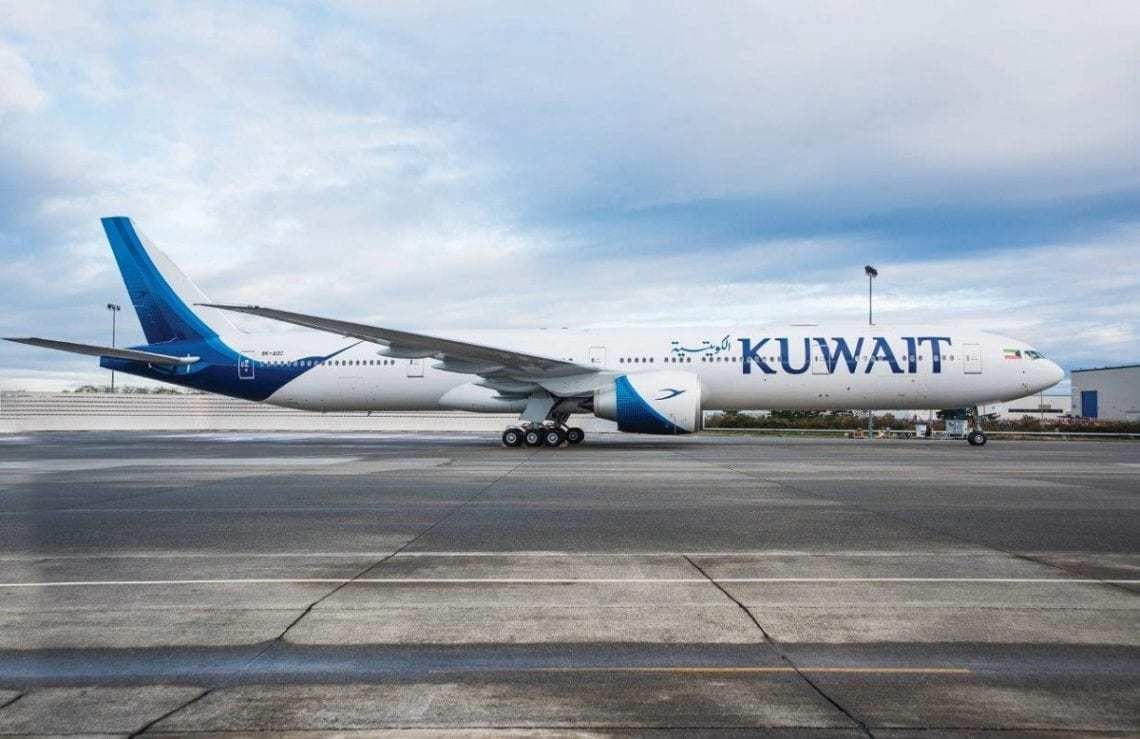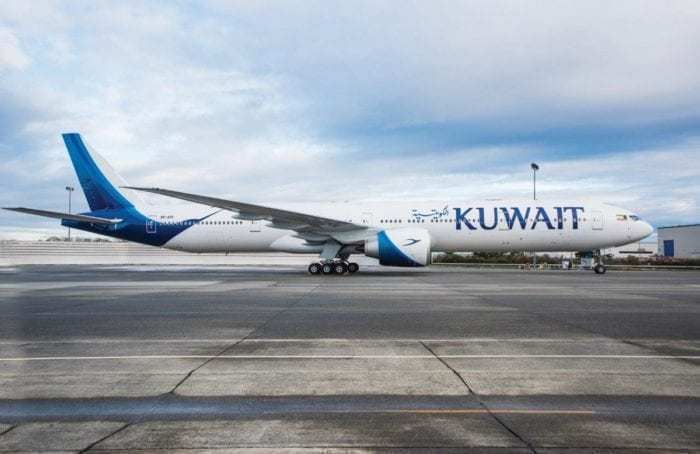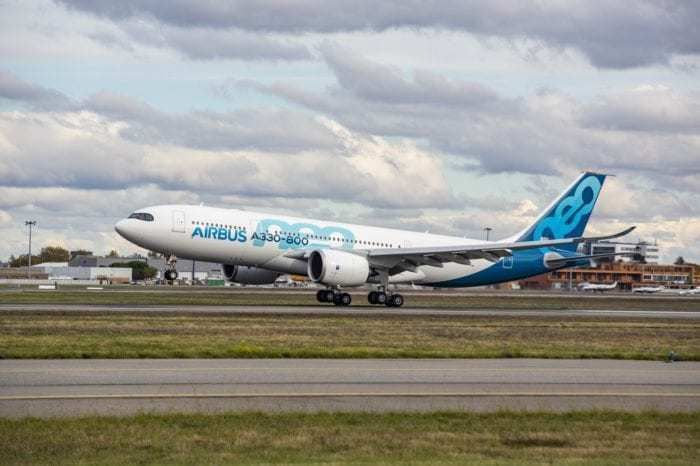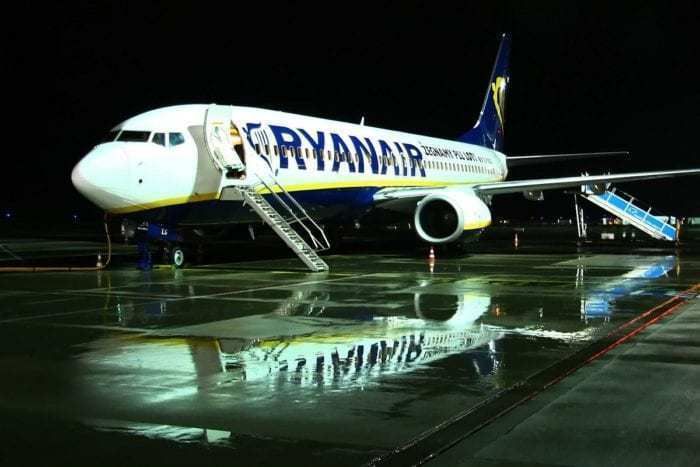Kuwait Airways has announced with regret that at 15:10 (UTC+3) on Monday 6th May, one of its ground staff was killed at Kuwait International Airport. A spokesperson for the carrier revealed details of the tragedy in a tweet. According to the airline, the member of the ground team was performing a routine tractor tow when the incident occurred.
‘Kuwait Airways regrets this tragic incident [...] with the deepest condolences to the bereaved family,’ another tweet reads.
According to Aviation Safety Network the worker had been tasked with towing a Boeing 777-300ER from a parking zone to Terminal 4.
Arriving at the terminal, the tractor's tow bar broke loose. Due to the taxiway’s slight gradient the aircraft began to roll. The driver was crushed beneath the nose wheels of the aircraft.
Investigations begin
Since February 2017, Kuwait Airways has been wholly owned and managed by the government of Kuwait.
The aircraft involved in the Kuwait B777 accident was registered 9K-AOH. This particular plane was delivered to the airline a little over two years ago, according to David Kaminski-Morrow of Flight Global.
Fortunately, the plane did not have crew or passengers on board at the time.
Few additional details have emerged as yet. However, Kuwait Airways has begun an internal investigation to determine the timeline of events leading up to the crewman's death. Urgent checks of all aircraft towing equipment are also being carried out.
Kuwaiti authorities have begun their own investigation into the accident.
New equipment
In tandem with the airline's re-emergence and re-branding, Kuwait Airways received its first Boeing 777-300ER in December 2016. The arrival of the type was hailed as a commercial turning-point. It was the first aircraft in two decades to be fully owned by the company.
The carrier now owns 10 777-300ERs, according to Boeing.
Kuwait has flown the Airbus A340-300 since 1995 but it was retired from service in 2017. In the following year the carrier ordered 10 A350-900s from Airbus, but eventually cut the order in half.
The airline also has eight A330-800neos on order, which are expected to be delivered later this year.
It will be for the investigation of the Kuwait B777 accident to determine whether, in the wake of such a glut of acquisitions, ground crew training has been kept type-relevant and up to date.
Towing accidents
Towing aircraft is dangerous. Poor processes, loss of concentration and lax regulations can result in injuries, death, and damage to aircraft. It remains to be seen what caused the Kuwait crew death.
Several tug incidents are reported by Skybrary, a flight operations and traffic management source.
In 2017 a tug driver and other ground crew at Dublin International airport narrowly escaped injury when the tug’s tow pin broke. The tractor lost control and collided with the right engine of the A320 it was towing.
An investigation discovered that the combination of a taxiway slope and early engine start contributed to the failure of the tow bar.
In 2008 a Ryanair B738 jet initiated a cross-bleed engine start prior to the conclusion of a difficult push-back in bad weather at Stansted. The aircraft rolled forward causing the tow pin to disengage. The plane’s left engine struck the tow truck side-on.
In 2007 the crew of a BAe Jetstream initiated a push-back without communicating with ground staff at Birmingham International. Confusion led to an attempt by the tow truck operator to return the plane to the gate. The plane’s brakes were engaged and the force of the truck’s pull caused the nose wheel to collapse.
An update on the exact cause of the Kuwait crew death will no doubt be made public in the coming days.




